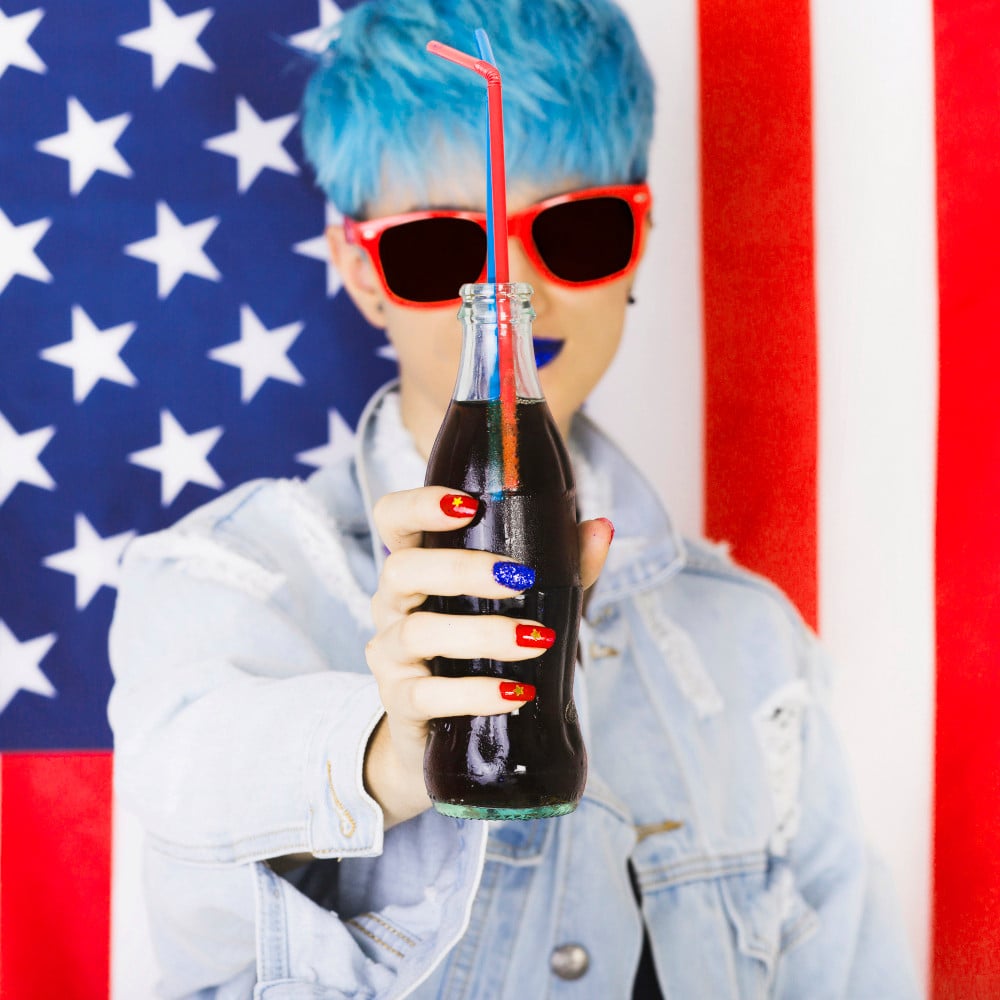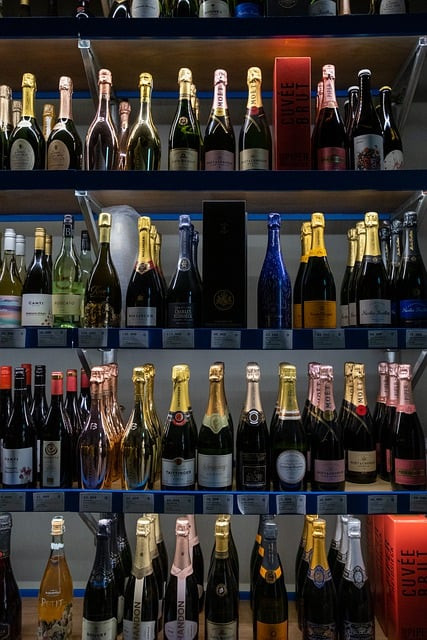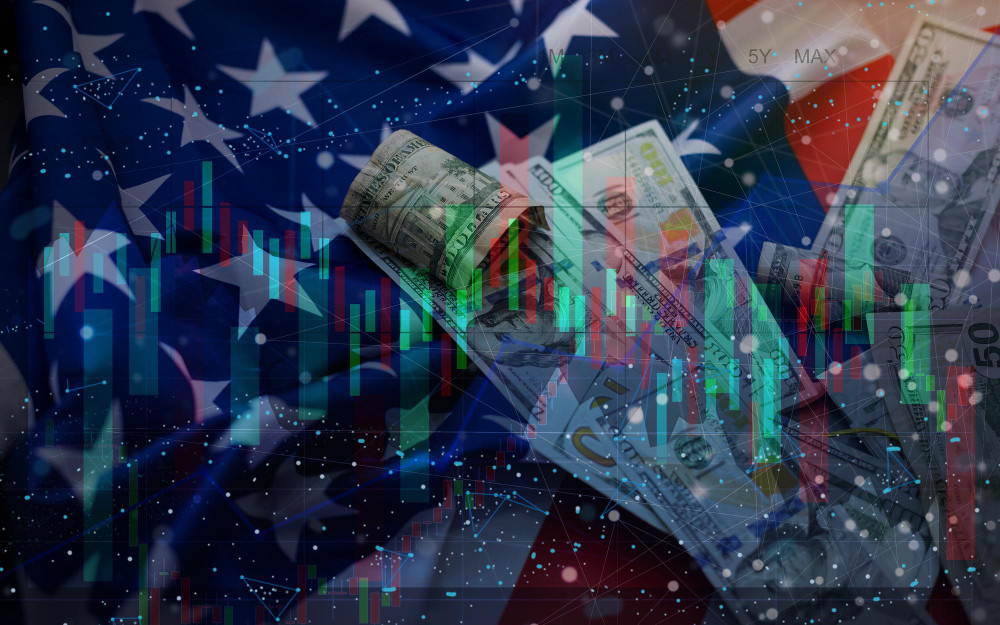How are the changing perceptions of alcohol in America affecting social gatherings and traditions?
At social gatherings, the decision to have a drink is no longer as automatic as it once was.
Conversations about alcohol’s impact on health are becoming more common, and many people are reconsidering their drinking habits.
Studies reveal a shift in American attitudes, with a growing number viewing even moderate drinking as unhealthy.
What’s driving this change, and how is it influencing alcohol consumption across the country?
Changing Perceptions of Alcohol’s Health Impact in America

Why are more Americans starting to see moderate drinking as unhealthy? Is this the reason for declining alcohol consumption trends?
A recent Gallup poll indicates that 39% of Americans now view moderate drinking as unhealthy, up from 27% in 2022.
This shift suggests growing awareness of alcohol’s potential health risks. Historically, moderate drinking was often considered acceptable, but this perception is evolving.
This change in attitude is particularly noticeable among younger adults. The percentage of 18-34-year-olds consuming alcohol has fallen by 10 points over the past two decades.
Health concerns and a focus on well-being are influencing these decisions.
Health Warnings and Public Awareness

In January 2025, U.S. Surgeon General Dr. Vivek Murthy advised that alcohol should carry a cancer warning label, similar to those on cigarette packs.
This advisory highlighted alcohol as the third leading cause of preventable cancer in the nation. Such warnings aim to inform the public about the potential risks associated with alcohol consumption.
Despite these warnings, many Americans remain unaware of alcohol’s long-term health effects.
Interviews reveal that reasons for reducing or abstaining from alcohol vary, including avoiding hangovers, health risks, and the availability of nonalcoholic alternatives.
Economic Factors and Industry Response

Economic conditions also play a role in changing drinking habits. Increased cost-consciousness and the aftermath of the COVID-19 pandemic have influenced current drinking behaviors. Some experts believe these factors contribute to the decline in alcohol consumption.
The alcohol industry is responding to these trends by investing in non-alcoholic alternatives. Companies are adapting to capture the shifting market as more consumers seek healthier options.
The evolving perceptions of alcohol’s benefits and risks reflect a complex interplay of health awareness, cultural shifts, economic factors, and industry adaptation.
As more information becomes available, individuals are making informed choices about their drinking habits, leading to a notable shift in American alcohol consumption patterns.
